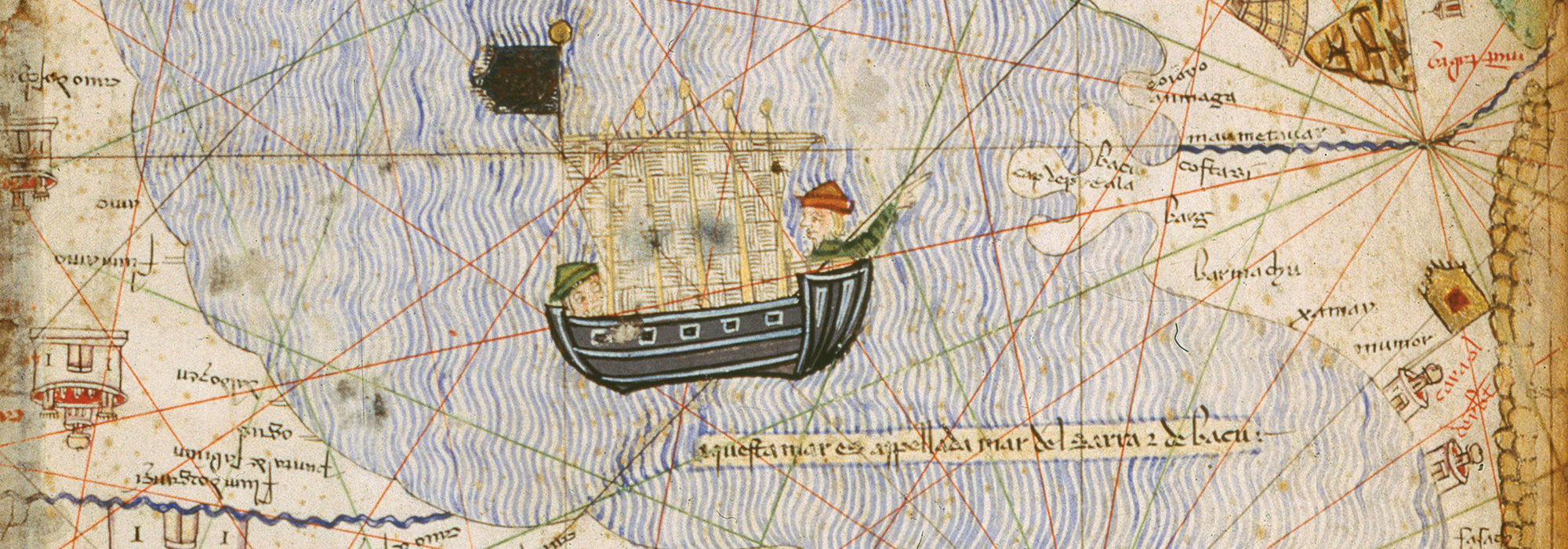CARLISLE, ENGLAND—BBC News reports that a ping-pong-ball-sized lump of Tyrian purple, a dye made from Murex sea snails, was uncovered in northwestern England at the site of a Roman bathhouse discovered in 2017. Carved semiprecious gems thought to have fallen out of ring settings, sandstone sculptures of Roman gods standing more than 12 feet tall, and several tiles bearing a Roman imperial stamp linked to the emperor Septimius Severus, who was born in Libya and ruled from A.D. 193 to 211, have been unearthed at the site in previous excavations. Archaeologist Frank Giecco said that it is the first time that Tyrian purple has been found in the United Kingdom. Some 12,000 snails would have been processed to produce less than one ounce of dye, which was then mixed with beeswax to preserve it. “The collection of the snails and processing of the glands would have been very time-consuming,” Giecco explained. The pigment was therefore so expensive that it was reserved for members of the imperial court and the very wealthy. To read more about the production of purple dye in the ancient world, go to "Letter from Israel: The Price of Purple."
Lump of Purple Dye Discovered at Roman Bathhouse in England
News May 3, 2024
Recommended Articles
Digs & Discoveries May/June 2019
Roman Soldier Scribbles

Top 10 Discoveries of 2013 January/February 2014
Critter Diggers
Stolpe, Germany; Cumbria, England; San Diego, California
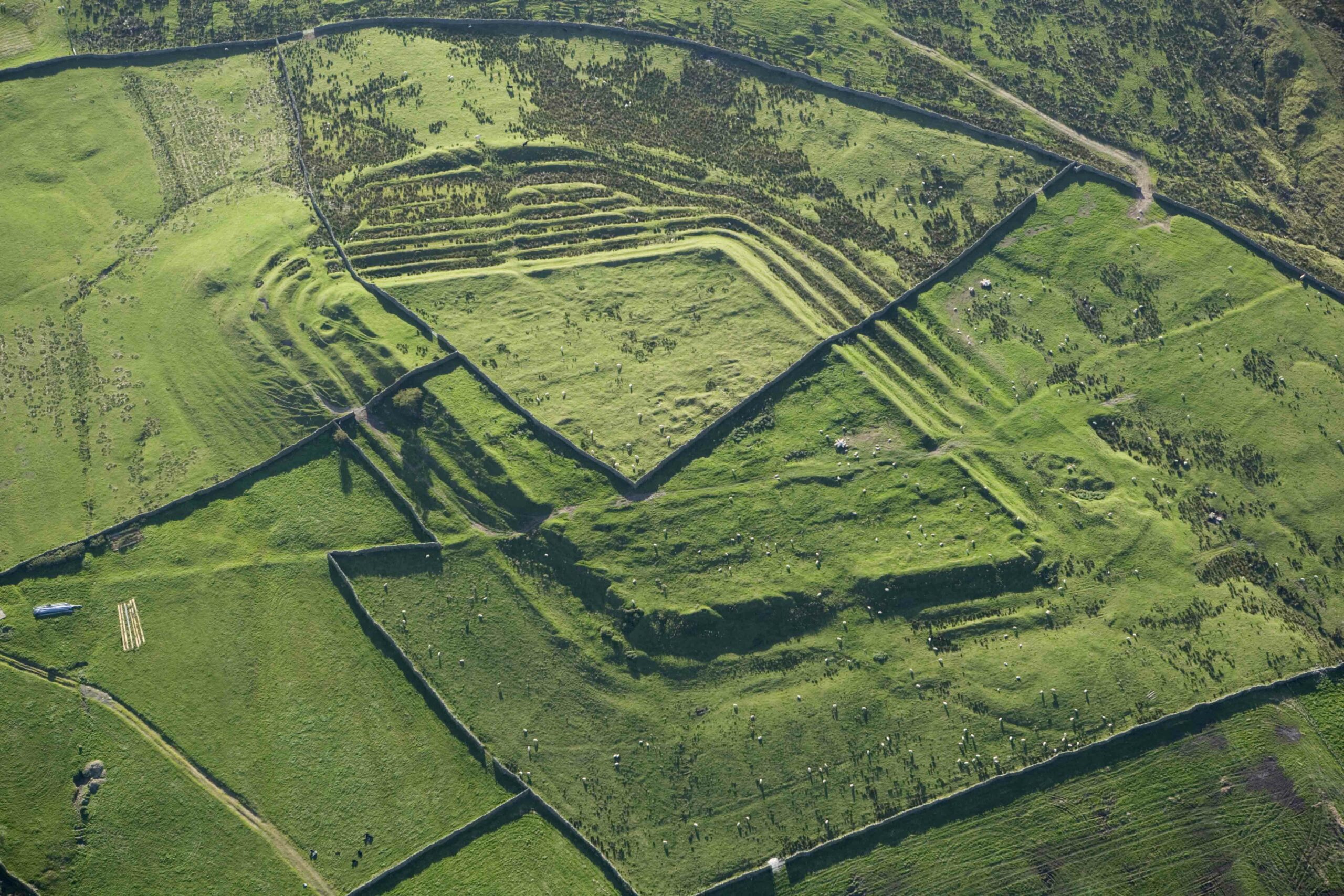
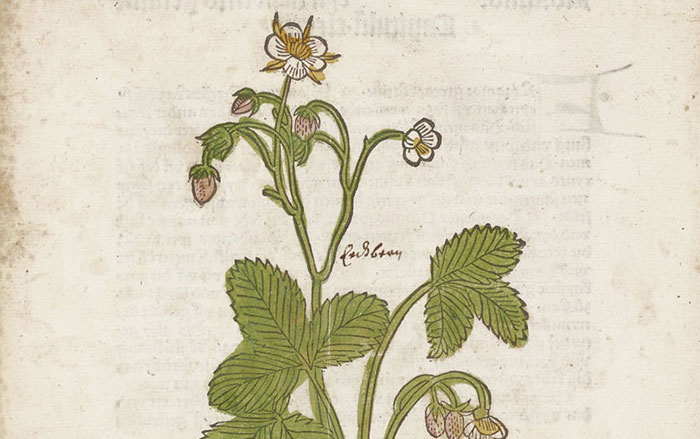
Digs & Discoveries May/June 2025
The King's Throne
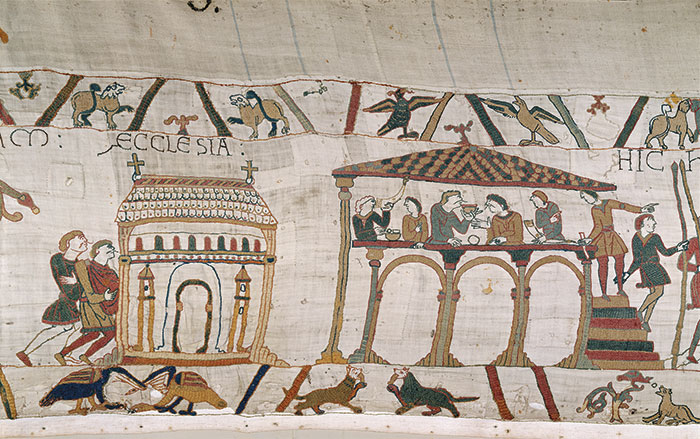
-
Features May/June 2024
Alexander the Great's Untold Story
Excavations in northern Greece are revealing the world that shaped the future king
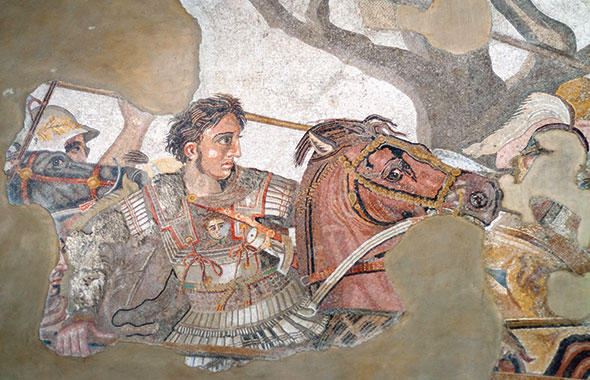 (Veronika Pfeiffer/Alamy)
(Veronika Pfeiffer/Alamy) -
Letter from the Catskills May/June 2024
Ghost Towns of the Ashokan Reservoir
An archaeologist investigates how construction of New York City’s largest reservoir a century ago uprooted thousands of rural residents
 (Courtesy the New York City Department of Environmental Protection)
(Courtesy the New York City Department of Environmental Protection) -
Artifacts May/June 2024
Medieval Iron Gauntlet
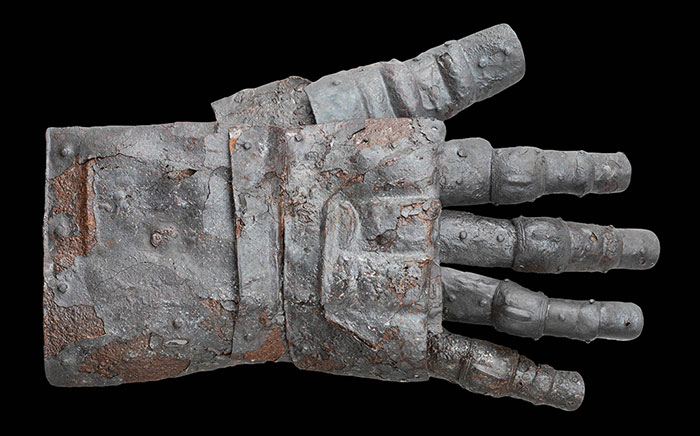 (Courtesy Canton of Zurich)
(Courtesy Canton of Zurich) -
Digs & Discoveries May/June 2024
Ancient Egyptian Caregivers
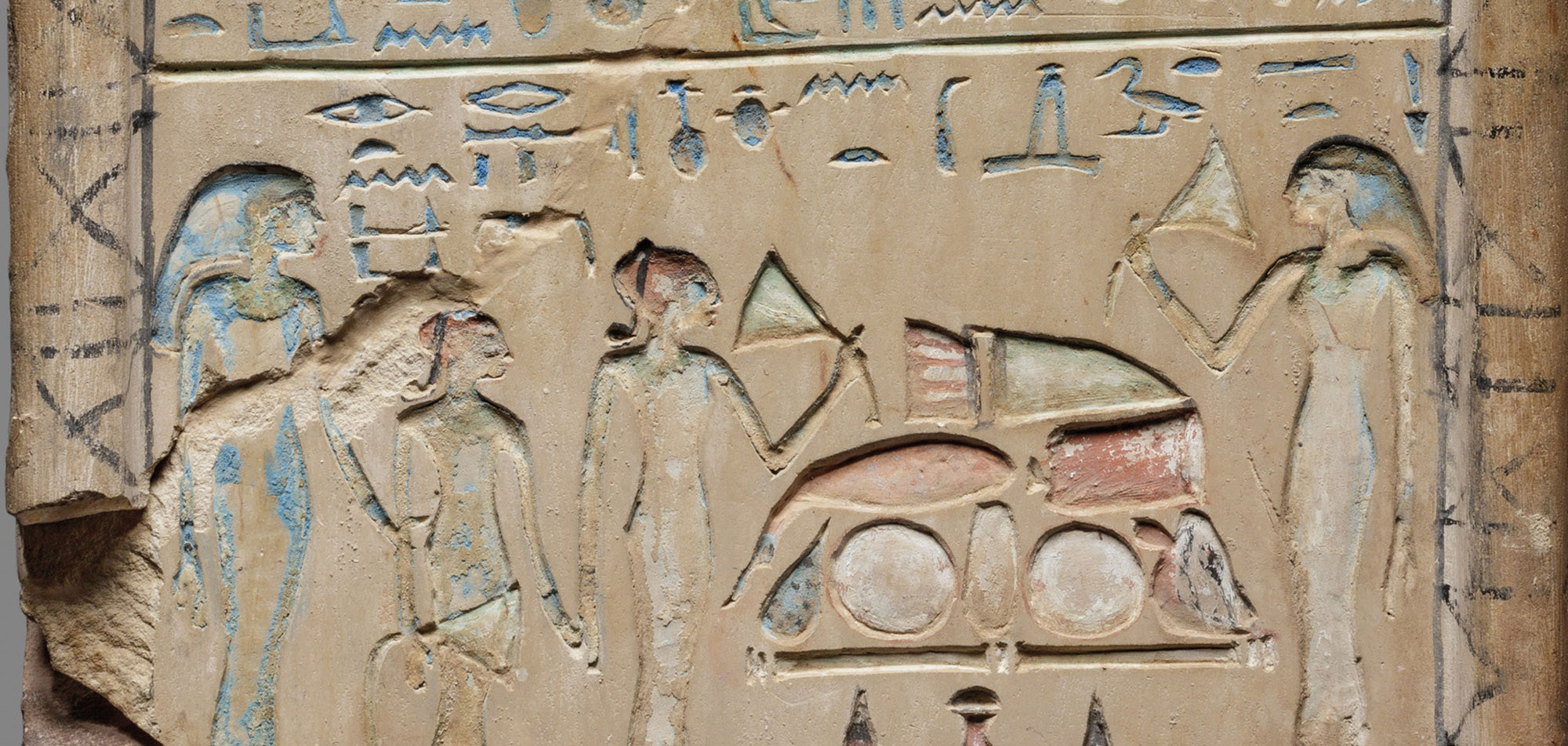 (Metropolitan Museum of Art)
(Metropolitan Museum of Art)


